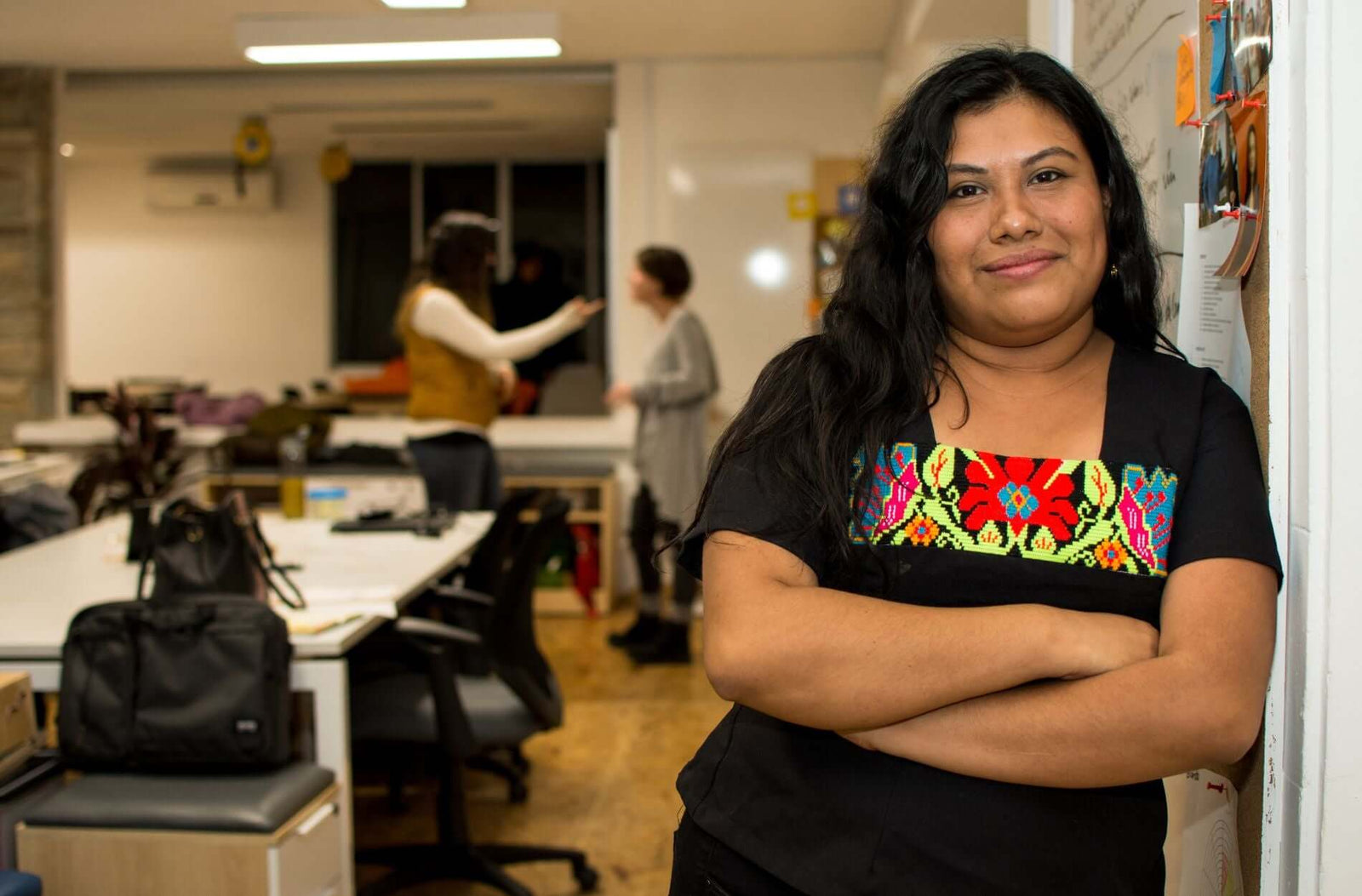Embracing Environmental Sustainability in Indigenous Streetwear: The Future of Fashion

As the global fashion industry faces mounting pressure to address its environmental impact, the importance of embracing sustainability becomes a paramount concern. Indigenous streetwear, deeply rooted in its connection to the land and cultural heritage, is uniquely positioned to influence the future of fashion through the integration of environmentally sustainable practices. In doing so, Indigenous streetwear designers maintain their cultural authenticity while creating a foundation for a more sustainable future in fashion.
Respecting the natural world and promoting harmony with Mother Earth are central tenets in Indigenous cultures. These values can significantly influence the way Indigenous streetwear is designed, produced, and marketed, encouraging a deeper connection between apparel and the environment. By marrying cultural traditions with modern sustainable practices, Indigenous streetwear brands are taking meaningful strides towards a greener future in fashion.
In this blog post, we will explore the essential role that environmental sustainability plays in Indigenous streetwear fashion and the innovative approaches being adopted to reduce its environmental footprint. From eco-friendly materials to ethical partnerships with manufacturers, we'll examine how Indigenous streetwear designers are thoughtfully addressing environmental concerns while maintaining the cultural richness and authenticity of their creations. Join us as we unveil the fascinating world of sustainable Indigenous streetwear and its potential to shape the fashion landscape of tomorrow.
Sustainable and Eco-Friendly Materials
As Indigenous streetwear embraces environmental sustainability, a key consideration is the selection and use of sustainable and eco-friendly materials in garment creation. Many Indigenous streetwear brands are consciously choosing materials that have a minimal impact on the environment, such as organic cotton and bamboo, recycled fabrics, and low-impact dyes. These materials reflect the Indigenous values of respecting and preserving our natural world, while also reducing the fashion industry's carbon footprint.
By committing to the use of sustainable materials, Indigenous streetwear designers not only prioritize the health of our planet but also make a statement about their dedication to social and environmental responsibility. Consequently, this commitment allows consumers to feel confident in their purchases, knowing that they are contributing to a more sustainable future.
Ethical Manufacturing and Production
Another crucial aspect of sustainability in Indigenous streetwear is the establishment and maintenance of ethical partnerships with manufacturers. Recognizing the environmental and social implications of clothing production, these designers are adopting fair labour practices, ensuring that their manufacturing partners follow strict environmental, social, and ethical guidelines.
These partnerships highlight the importance of transparency and responsible sourcing in fashion production. As a result, many Indigenous streetwear brands actively collaborate with manufacturers that prioritize sustainable practices, promote safe working conditions, and use energy-efficient production methods. By fostering ethical partnerships, Indigenous streetwear brands are redefining the concept of sustainability in fashion, ensuring that people, the planet, and profit are all considered in tandem.
Innovative Approaches to Sustainability
Indigenous streetwear designers are also exploring innovative ways to integrate sustainability into their creative processes. From creating limited runs and made-to-order collections, to implementing efficient supply chain management practices, these designers are continually seeking new methods to reduce waste, save energy, and minimize their environmental impact.
For example, through the use of digital technology, including design software and 3D printing, some Indigenous streetwear brands can virtually prototype garments, reducing the need for physical samples and limiting textile waste. Additionally, by incorporating upcycling and recycling initiatives into their design processes, these designers are reducing textile waste, repurposing materials, and breathing new life into their creations.
Educating and Empowering Consumers
As Indigenous streetwear brands prioritize sustainability in their practices, they also play a vital role in educating and empowering consumers to make informed choices. By promoting environmental awareness and highlighting the importance of sustainability, these brands inspire their customers to consider the social and environmental repercussions of their fashion choices and engage in responsible consumerism.
Through their websites, social media platforms, and marketing campaigns, Indigenous streetwear designers are creating an ongoing dialogue about sustainability, sharing the stories and processes behind their eco-friendly initiatives. This open communication and transparency encourages customers to support brands that share their values and take active steps towards sustainability.
Building a Greener Future in Fashion
Indigenous streetwear's commitment to environmental sustainability demonstrates the potential to create a greener future in fashion, offering a paradigm shift for industry practices and consumer attitudes. By weaving together cultural heritage with an unwavering commitment to eco-friendly methods, Indigenous streetwear designers are setting a new standard for the fashion industry—one that aligns with the values and vision of Indigenous peoples.
As Indigenous streetwear fashion continues to evolve, it extends an invitation for other brands to follow suit, emphasizing the importance of embracing sustainability on a grander scale within the fashion landscape. By uniting under a shared purpose, we can collectively contribute to a more sustainable and environmentally respectful future in fashion.
Conclusion
The adoption of sustainable practices in Indigenous streetwear signals an inspiring and bright path forward, paving the way for greater innovation, environmental awareness, and cultural understanding. As we continue to witness and support the growth of Indigenous streetwear, it is crucial that we celebrate the fusion of cultural authenticity with sustainability and recognize its potential to drive lasting transformation within the fashion industry.
By championing sustainable Indigenous streetwear clothes from Red Rebel Armour, you are not only making a positive environmental impact but also supporting a movement that gives future generations the opportunity to enjoy and appreciate our planet's resources and beauty. Together, let us embark on this crucial journey and foster a sustainable legacy that future generations can embrace and carry forward.







